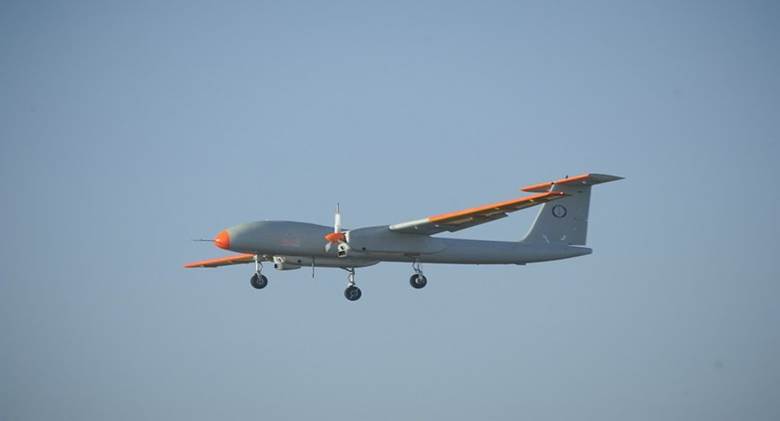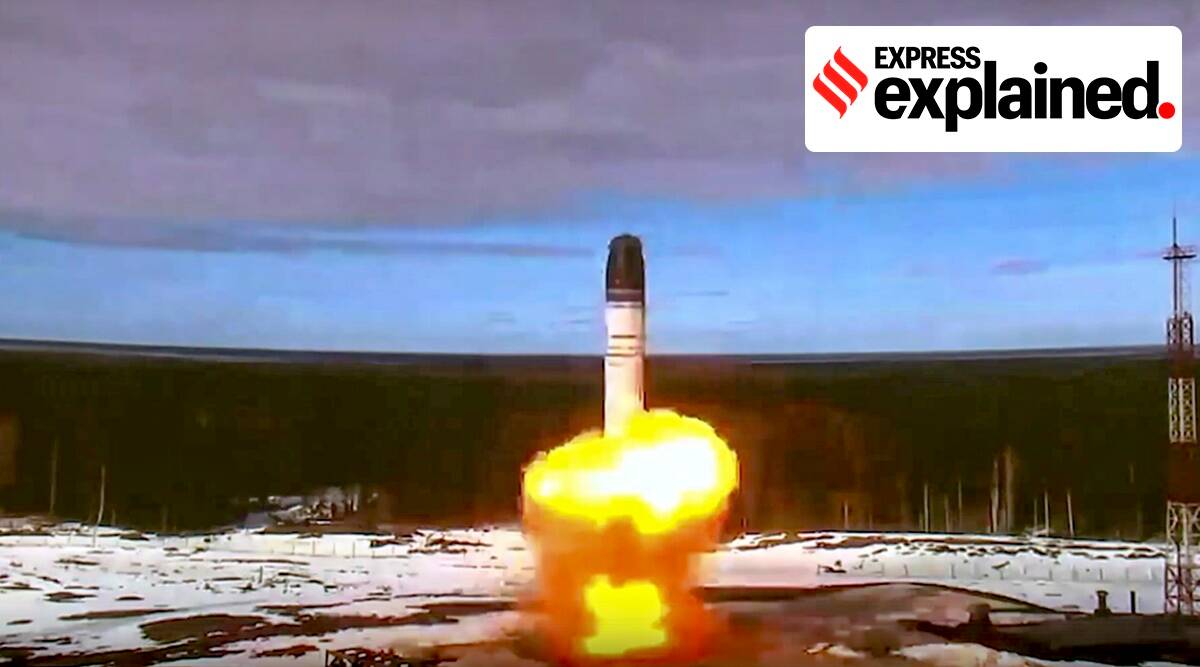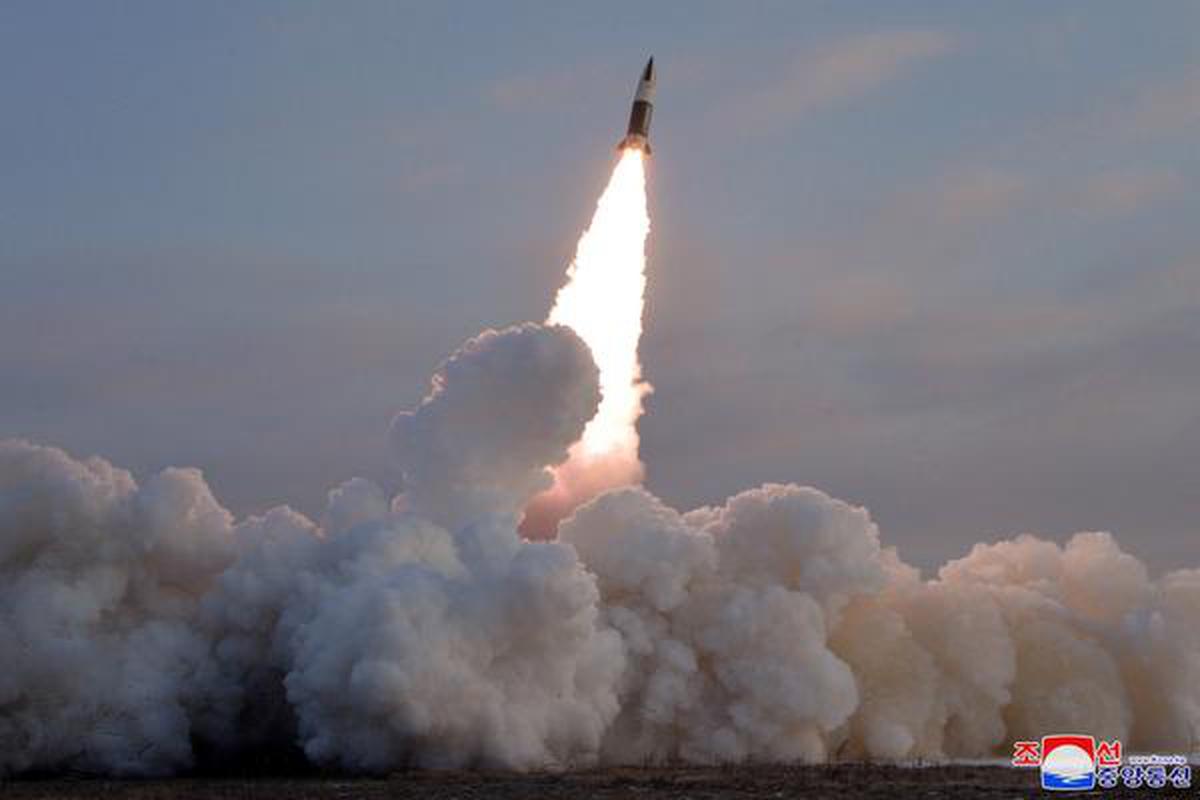Description
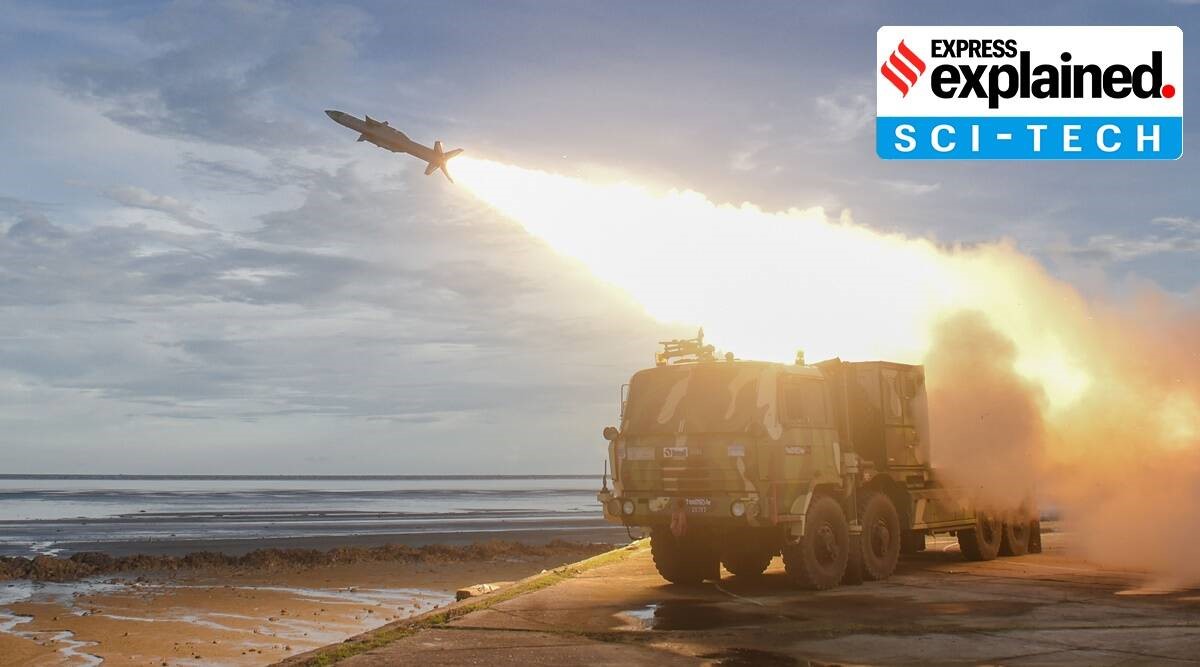
Disclaimer: Copyright infringement not intended
Context: The The Defence Research and Development Organisation (DRDO) conducted the maiden flight test of the new version of Akash Missile — Akash Prime.
The Akash missile
- The development of the Akash Surface to Air (SAM) was started by the DRDO in the late 1980s as part of the Integrated Guided Missile Development Programme.
- The initial systems trials and field trials along with the target neutralisation trials were conducted in the late 1990s and 2000s.
- Named after the original Sanskrit term for sky or space, Akash is primarily a Short Range Surface to Air Missile built to provide air defence cover to the vulnerable areas.
- The Akash weapon system can simultaneously engage multiple targets in group mode or autonomous mode.
- It has built-in Electronic Counter-Counter Measures (ECCM) features, which means that it has mechanisms on-board that can counter the electronic systems that deceive the detection systems.
- The entire weapon system has been configured on a mobile platform.
- A full Akash missile system comprises a launcher, set of missiles, a control centre, an built-in mission guidance system and a C4I (command, control communication and intelligence) centres and supporting ground equipment along with a radar named Rajendra which accompanies each of the missile batteries.
- Akash Missile system is 96 per cent indigenised, one of the highest proportions of the indigenisation.
- In 2020, the cabinet approved the Akash missile for exports after many friendly foreign countries showed interest in it during various international exhibitions.
The advanced versions of Akash — Akash Prime and Akash NG
- The initial version of the Akash has an operational range of 27-30 km and a flight altitude of around 18 km.
- The Akash Prime, has the same range as that of the earlier version but has a crucial new addition — that of an indigenous active Radio Frequency (RF) seeker for improved accuracy to hit aerial targets.
- Other improvements in the system ensures more reliable performance under low temperature environments at higher altitudes.
- These new additions have been made after receiving feedback from the IAF and the Army for deployment of the system to provide air defence cover for vital installations and sensitive areas in high-altitude regions.
- Akash-NG or New Generation Missile is a new generation SAM, primarily designed for the IAF with an aim of intercepting high maneuvering aerial threats that have low Radar Cross Section (RCS), which is the electromagnetic signature of the object.
- Along with the increased lethality of striking threats with significantly small electromagnetic signature, the NG version has an extended range of up 70 km, is sleeker, lighter and has much smaller ground system footprint.
- The RF seeker of the NG version operates in the Microwave Ku-band, the missile has a propulsion system of solid-fueled dual-pulse motor.
- Akash NG is canisterised, which means that it is stored and operated from specially designed compartments.
- In the canister, the inside environment is controlled thus along with making its transport and storage easier, the shelf life of weapons also improves significantly.
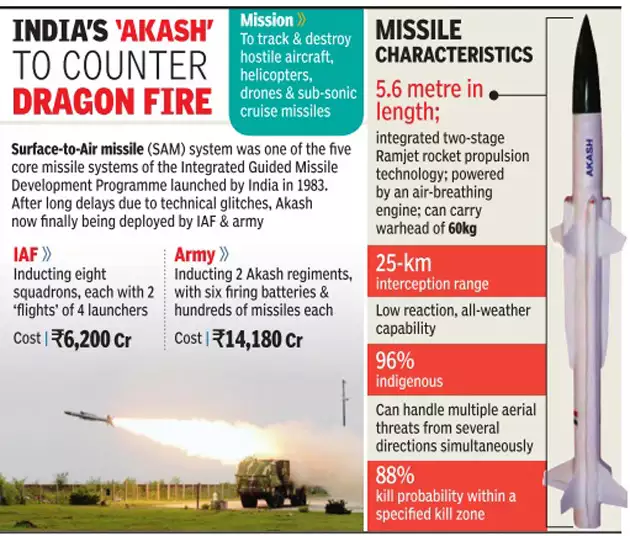
The operational significance of the new versions
- Akash system did the important job of reducing the dependence on old air defence systems of Russian origin.
- Akash missile system provide a robust air defence cover to vital installations of the defence forces.
- However, the nature of threats keeps evolving with time, and newer versions of the weapon systems have to be developed.
- The nature of the threats from the sky is such that they have to be responded to very fast and the task becomes technologically more complex when the threats are becoming less and less visible on the radar.
- Newer versions of the RF seekers, more robust computing and networking systems and command-control mechanisms are incorporated in these newer versions.”
https://indianexpress.com/article/explained/explained-two-advanced-versions-of-akash-missile-7539643/






